|
Portico Library
In his book, "The Stones of Manchester", Cecil Stewart says that when Thomas Harrison designed the Portico Library he imitated the Temple of Athena Politas. 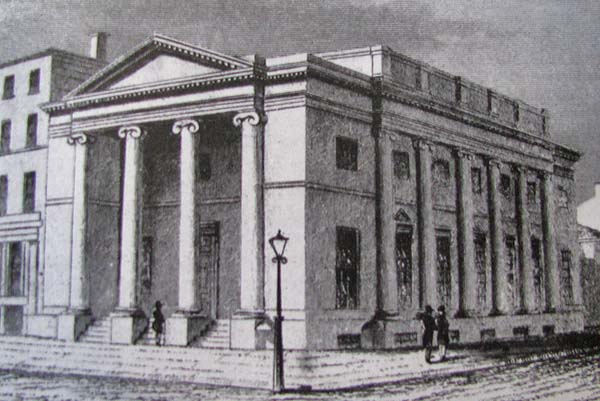 Stewart adds that, "The building is roofed by a saucer dome - a feature which, from the outside elevations, one could scarcely expect - and this is supported by segmental barrel vaults at each end of the building and segmental arches at the sides. This dome, constructed of timber and inset with glaze lights, has a poise and grace which can only be paralleled by some of the later works of Sir John Sloane." 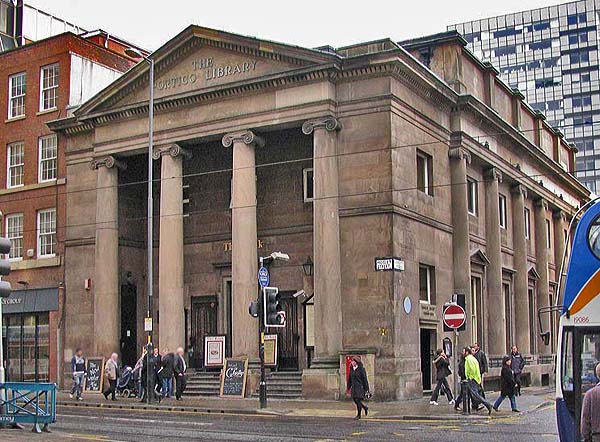 Harrison built the Portico Library between 1802 and 1806 at the corner of Moseley Street and Charlotte Street not far from the former St. James Church. He had been the architect of the Lyceum in Liverpool that opened in 1802 as a gentleman's club and Europe's first lending library. This concept appealed to a group of Manchester gentlemen and they visited Liverpool to see the Lyceum and it may have been there that they met Harrison. His Manchester building was designed as a combined library, newsroom and club owned by 400 subscribers who were shareholders, as they are today. When it opened the
library occupied the whole building. Above the
ground floor a balcony ran around all four sides
providing access to the bookcases on the upper floor.
In later years the ground floor was leased to a
bank and a floor added in what had been the space
between the four sides of the balcony. The
railing that once lined the edge of the balcony is
still in place, although you can no longer look over
the railing and see the floor below. Today the
ground floor is no longer a bank. It is occupied
by a pub that calls itself The Bank.
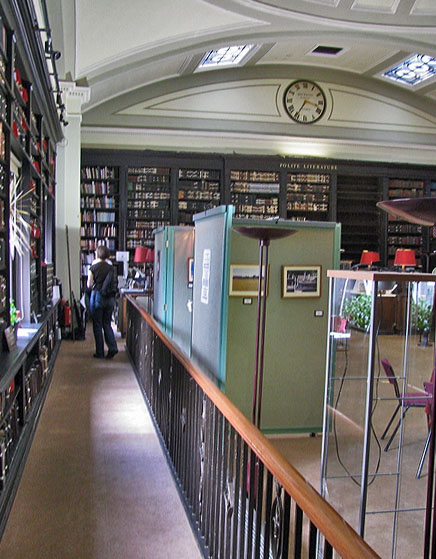 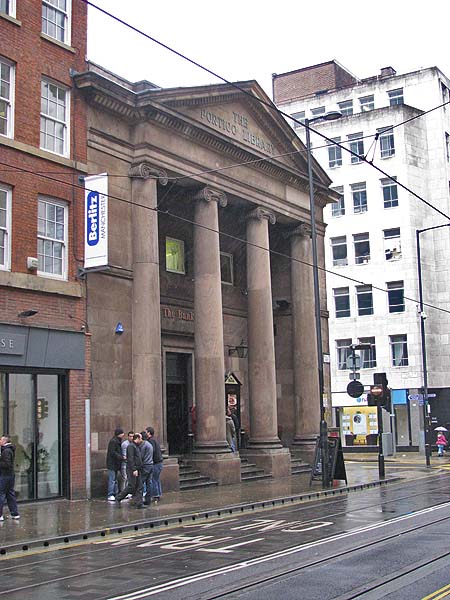 Today the entrance is
on Charlotte Street via a side door that didn't exist
in Harrison's original design.
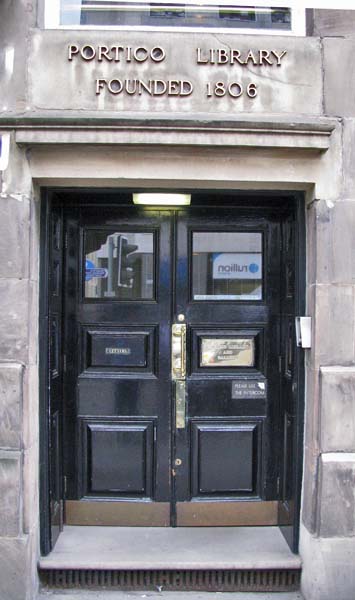 Beside the door is a blue plaque that lists a number of the library's eminent members. Inside you can appreciate the beauty of Harrison's domed ceiling. 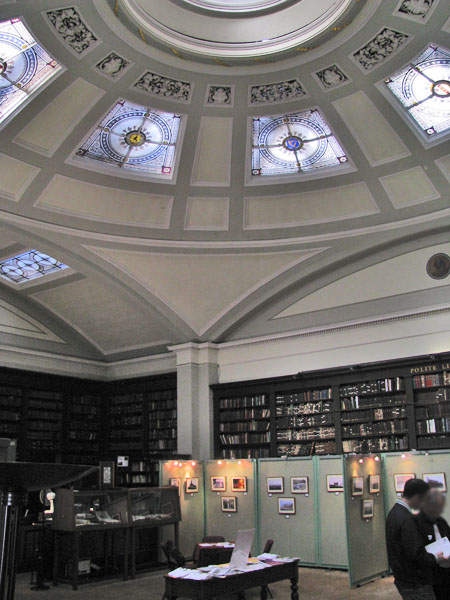 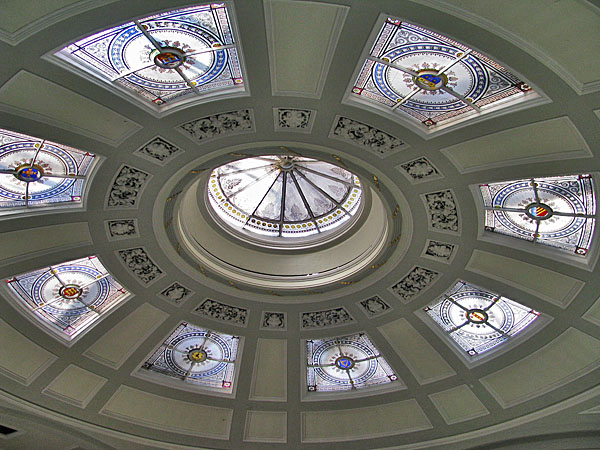 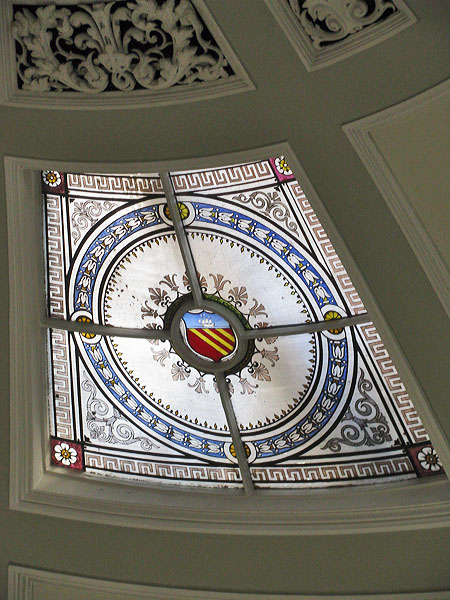 The outside walls are lined with floor to ceiling bookshelves holding the library’s collection of 25,000 mainly 19th century books.   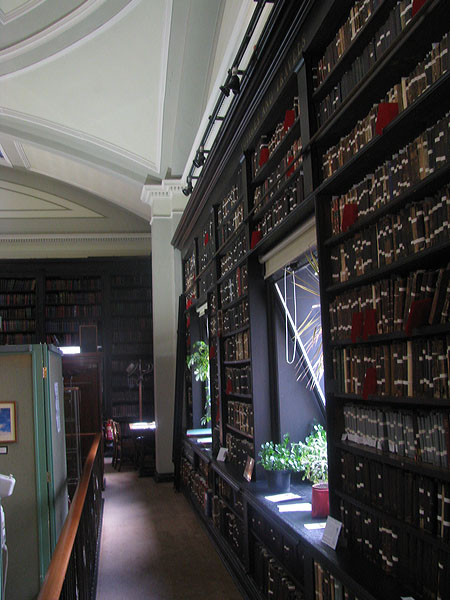 At the back of the
library there is a cosy reading room where members
relax in comfortable chairs, enjoy the heat from the
fireplace, study, work, use the wifi, eat lunch, and
meet with their guests.
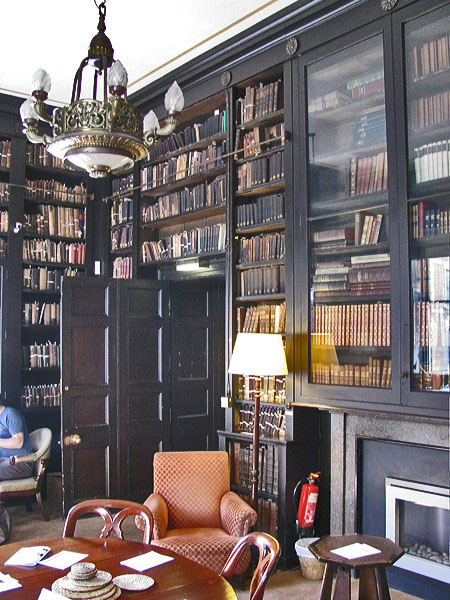 Among the other
features of the library are busts of Harrison and
Elizabeth Gaskell's husband William.
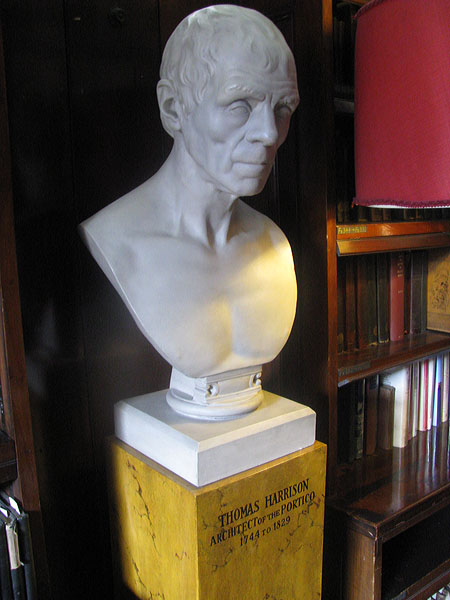 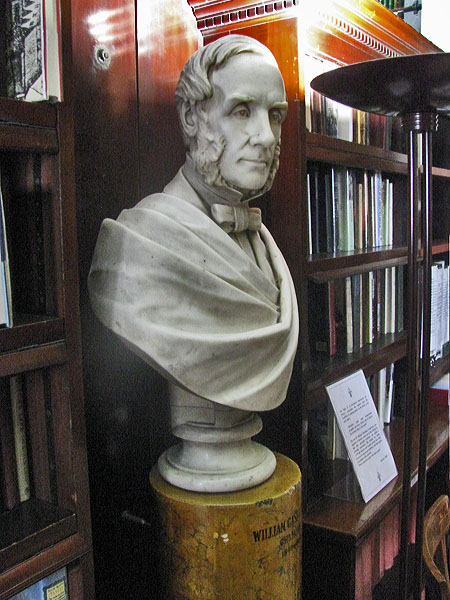 Facing each other
across the library are a clock and a wind dial both
by the famous clock maker John Thwaites of
Clerkenwell in London.
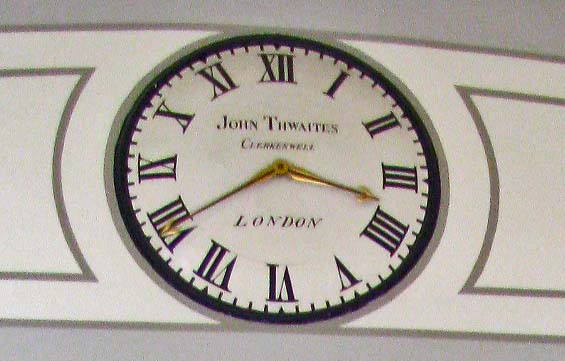 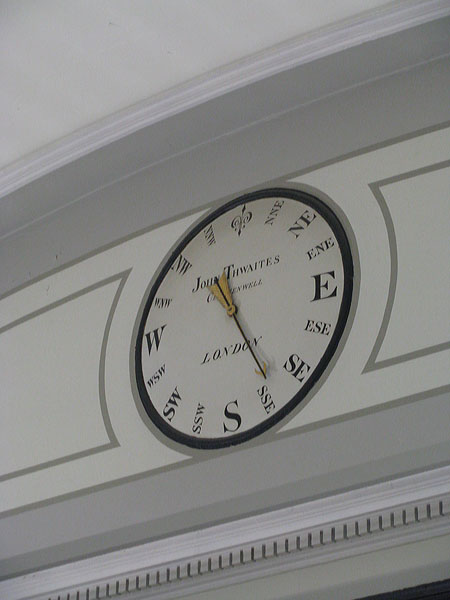
This old-established company was originally founded
in 1740 as Aynsworth Thwaites in Rosoman Row,
Clerkenwell, later becoming Aynsworth and John, then
John Thwaites, and finally Thwaites and Reed in
1808. Aynsworth Thwaites was made a Freeman of the
Clockmakers Company in 1751, having already made (in
1740) a turret clock for the Horse Guards. John
Thwaites became the Master of the Worshipful Company
of Clockmakers in 1815, 1819 & 1820.
|